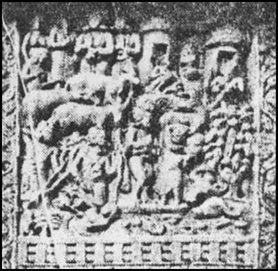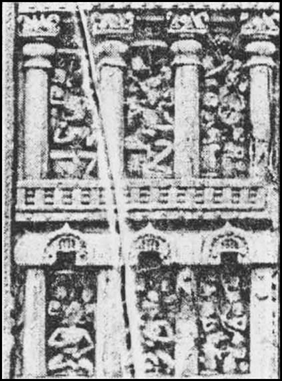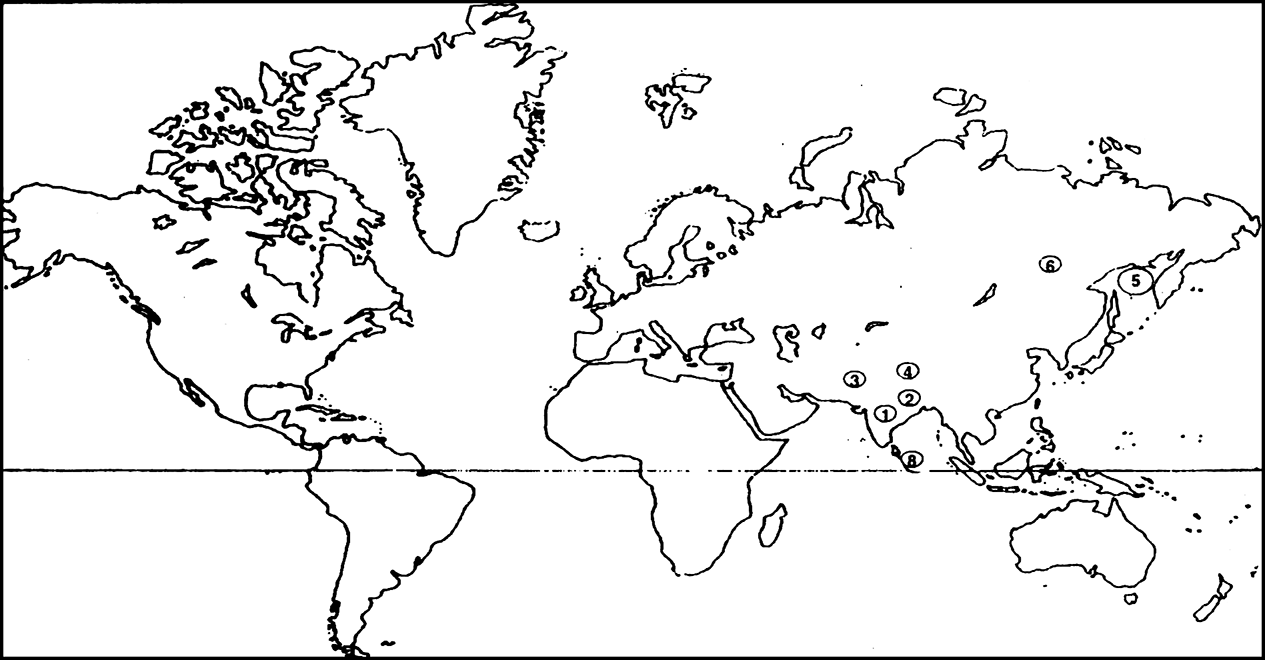Thinkers, Beliefs And Buildings
Write a brief note on the subject matter, historical background and importance of the Jatakas.
Subject Matter: There are about 500 Jataka tales that tell about the 84,000 previous births of the Buddha. It was believed that before he was finally born as Gautama, the Buddha passed through more than 84,000 births, in many cases in the form of animals. Each birth story is called a Jataka, which is a folk tale. They are interesting and deal with the common life of people, economic conditions, and social manner, and customs of those times. The subjects of these stories were used in sculptures in the railings of the famous stupas.
Historical Significance: Well-known scholar Winternitz remarked, “Jataka works have a valuable significance, not because they are part of literature and art but because they reveal information about Indian culture in the 3rd century A.D. Though original Jataka collection is lost but we know about them from a commentary written on them called “Jataka Tathvanamma.” It was composed by some Buddhist monk. Jatakas are in prose as well as poetry. Scholars believe that prose style is easier than the poetic style and was adopted first in their composition. The Jatakas throw valuable light on social and economic conditions ranging from the fifth to the second century B.C. They also make incidental references to political events in the age of the Buddha.
Sponsor Area
Some More Questions From Thinkers, Beliefs And Buildings Chapter
Summarise the central teachings of Jainism.
Discuss the role of the begums of Bhopal in preserving the stupa at Sanchi.
Or
“The Begums of Bhopal played a significant role in preserving the remains of stupa at Sanchi.” Support this statement with suitable evidence.
Read this short inscription and answer the questions that follow:
In the year 33 of the maharaja Huvishka (a Kushana ruler), in the first month of the hot season on the eighth day, a Bodhisatta was set up at Madhuvanaka by the bhikkhuni Dhanavati, the sister’s daughter of the bhikkhuni Buddhamita, who knows the Tipitaka, the female pupil of the bhikkhu Bala, who knows the Tipitaka, together with her father and mother.
A. How did Dhanavati date her inscription?
B. Why do you think she installed an image of the Bodhisatta?
C. Who were the relatives she mentioned?
D. What Buddhist text did she know?
E From whom did she learn this text?
Why do you think women and men joined the Sangha?
To what extent does knowledge of Buddhist literature help in understanding the sculpture at Sanchi?
Figures I and II. are two scenes from Sanchi. Describe what you see in each of them, focusing on the architecture, plants and animals, and the activities. Identify which one shows a rural scene and which an urban scene, giving reasons for your answer.
Fig.: I

Fig. : II
Discuss the development in sculpture and architecture associated with the rise of Vaishnavism and Shaivism.
Discuss how and why stupas were built.
On an outline world map, mark the areas to which Buddhism spread. Trace the land and sea routes from the subcontinent to these areas.
Of the religious traditions discussed in this chapter, is there any that is practised in your neighbourhood? What are the religious texts used today, and how are they preserved and transmitted? Are images used in worship? If so, are these similar to or different from those described in this chapter? Describe the buildings used for religious activities today, comparing them with early stupas and temples.
Mock Test Series
Sponsor Area
NCERT Book Store
NCERT Sample Papers
Sponsor Area